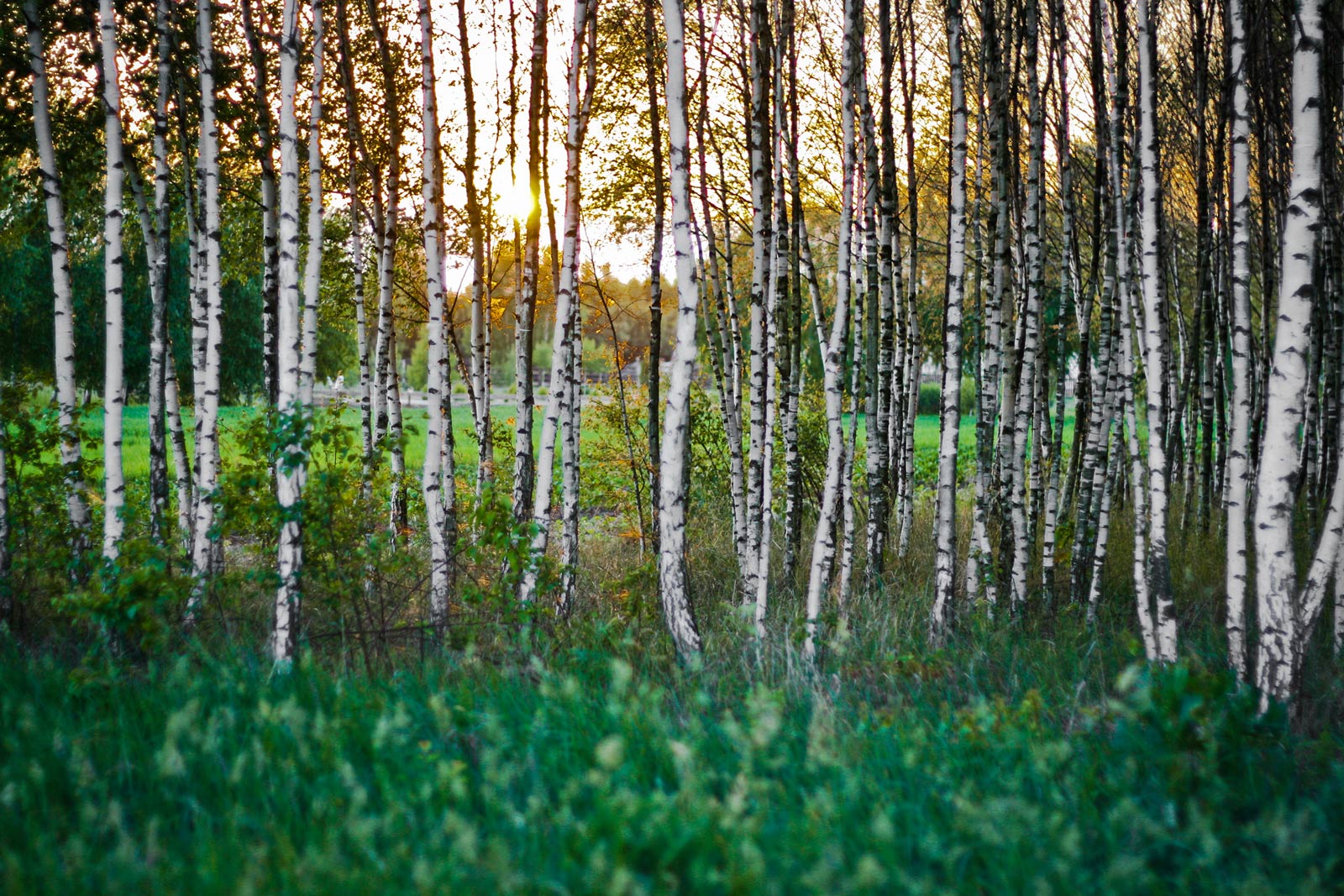Understanding the Cremation Process
What you need to know about cremation
Understanding the Cremation Process: What You Need to Know
Cremation is an increasingly chosen option for final disposition, yet many people are unfamiliar with what the process actually entails. Whether you’re considering it for yourself or a loved one, understanding the steps involved can bring clarity and peace of mind.
The cremation process begins with proper authorization. Funeral homes and crematories require legal paperwork and consent from the next of kin before proceeding. Once authorized, the deceased is placed in a cremation container, which is typically made of combustible materials such as wood or cardboard.
Prior to cremation, the individual is identified according to strict protocols, ensuring the integrity of the process. Any medical devices, such as pacemakers, which could pose safety hazards, are removed. Jewelry and other personal items are typically taken off beforehand, unless specified otherwise by the family.
The cremation itself takes place in a specially designed chamber, called a cremator, which reaches temperatures between 1,400 and 1,800 degrees Fahrenheit. The intense heat reduces the body to bone fragments over a period of approximately two to three hours. These fragments are then carefully processed into a fine, sand-like consistency known as cremated remains or ashes.
After the cremation, the ashes are placed in a temporary container or an urn chosen by the family. At this point, families have several options for memorialization. Some choose to scatter the ashes in a meaningful location, while others prefer burial in a cemetery, placement in a columbarium, or keeping the urn in their home. Personalized memorial jewelry or keepsakes are also popular choices for honoring a loved one’s memory.
Cremation offers flexibility in how one is remembered, and understanding the process can help in making informed, thoughtful decisions. Whether for religious, environmental, or personal reasons, cremation is a dignified choice that allows families to commemorate their loved ones in meaningful ways.











